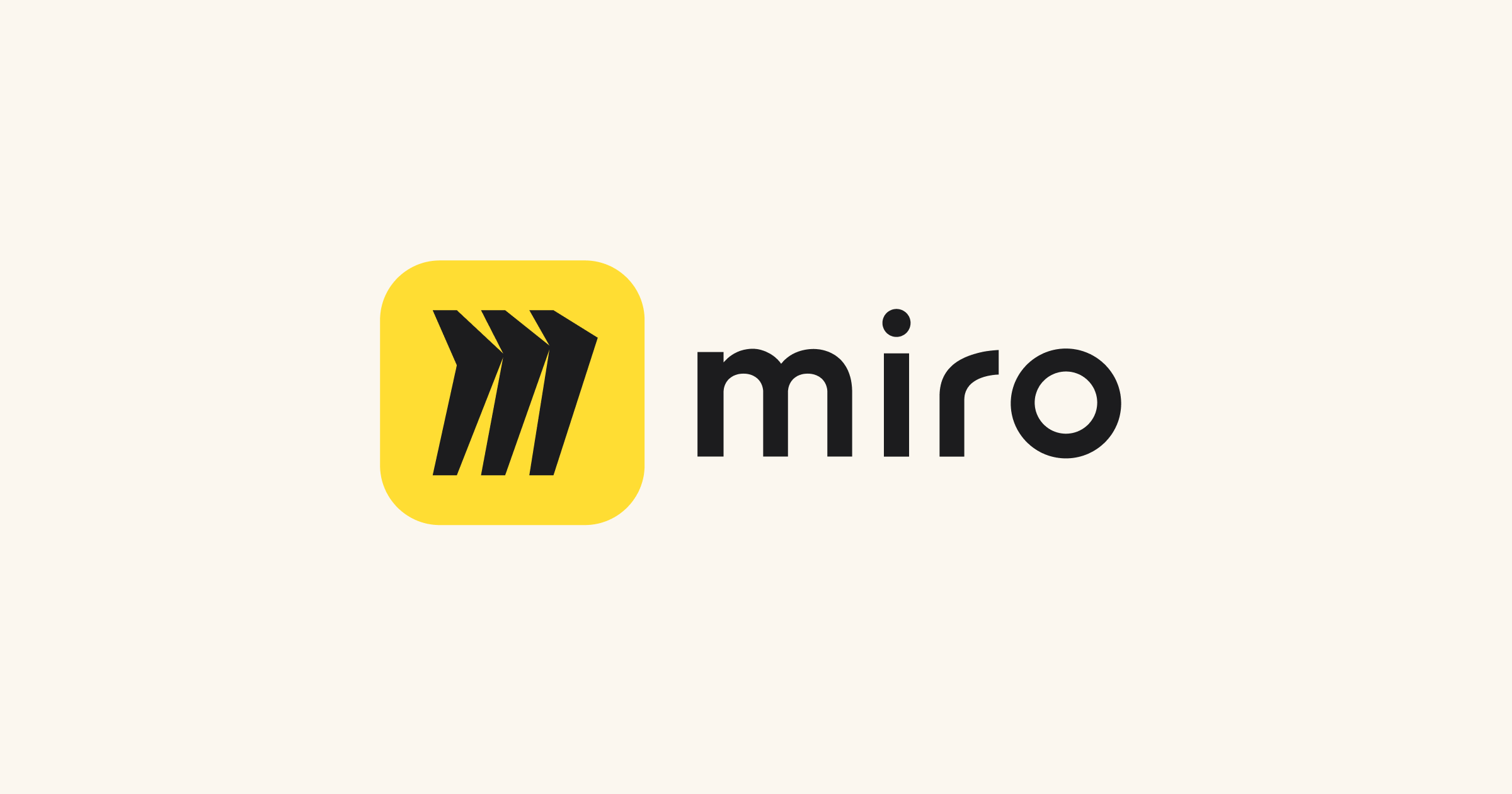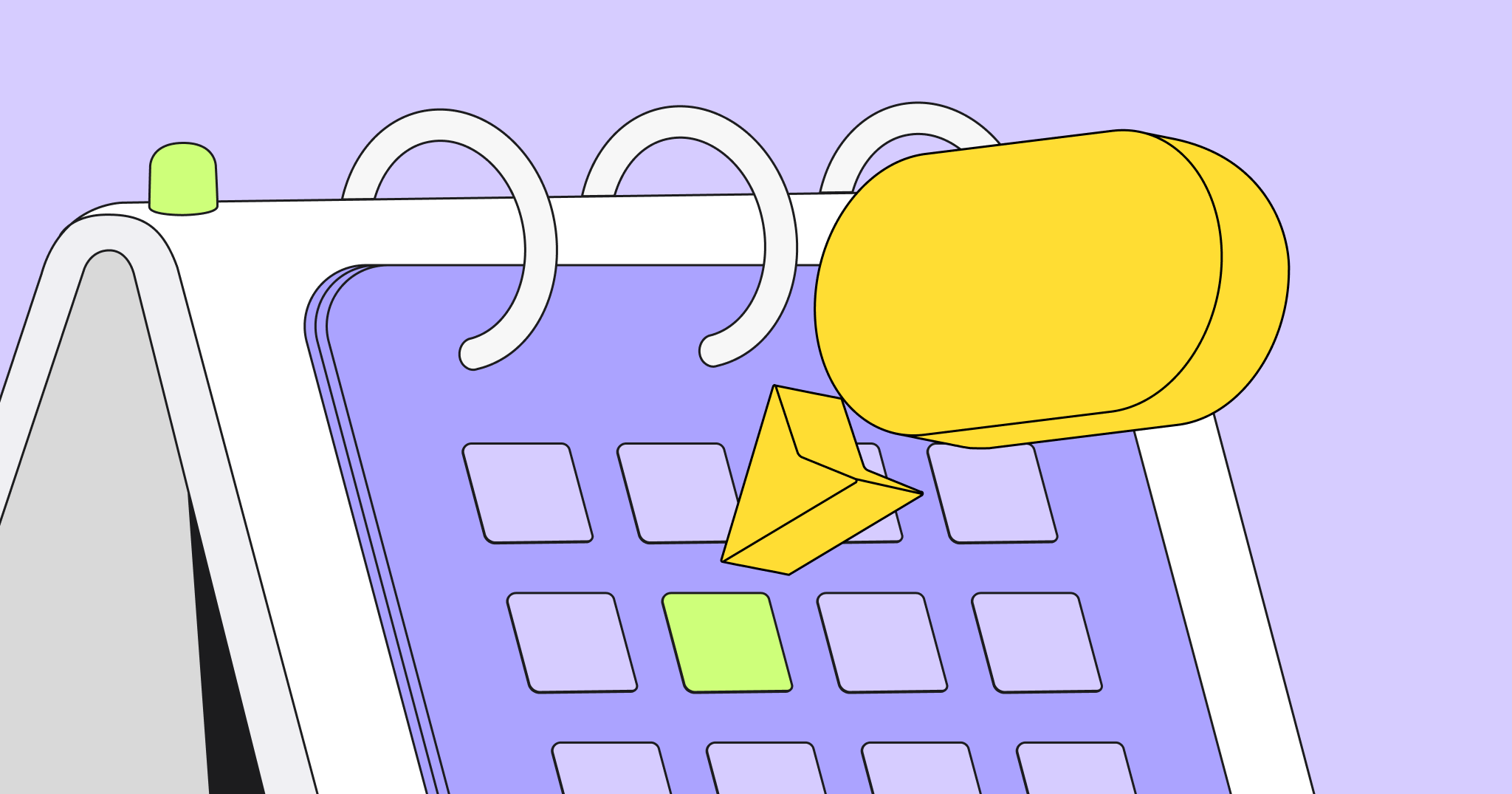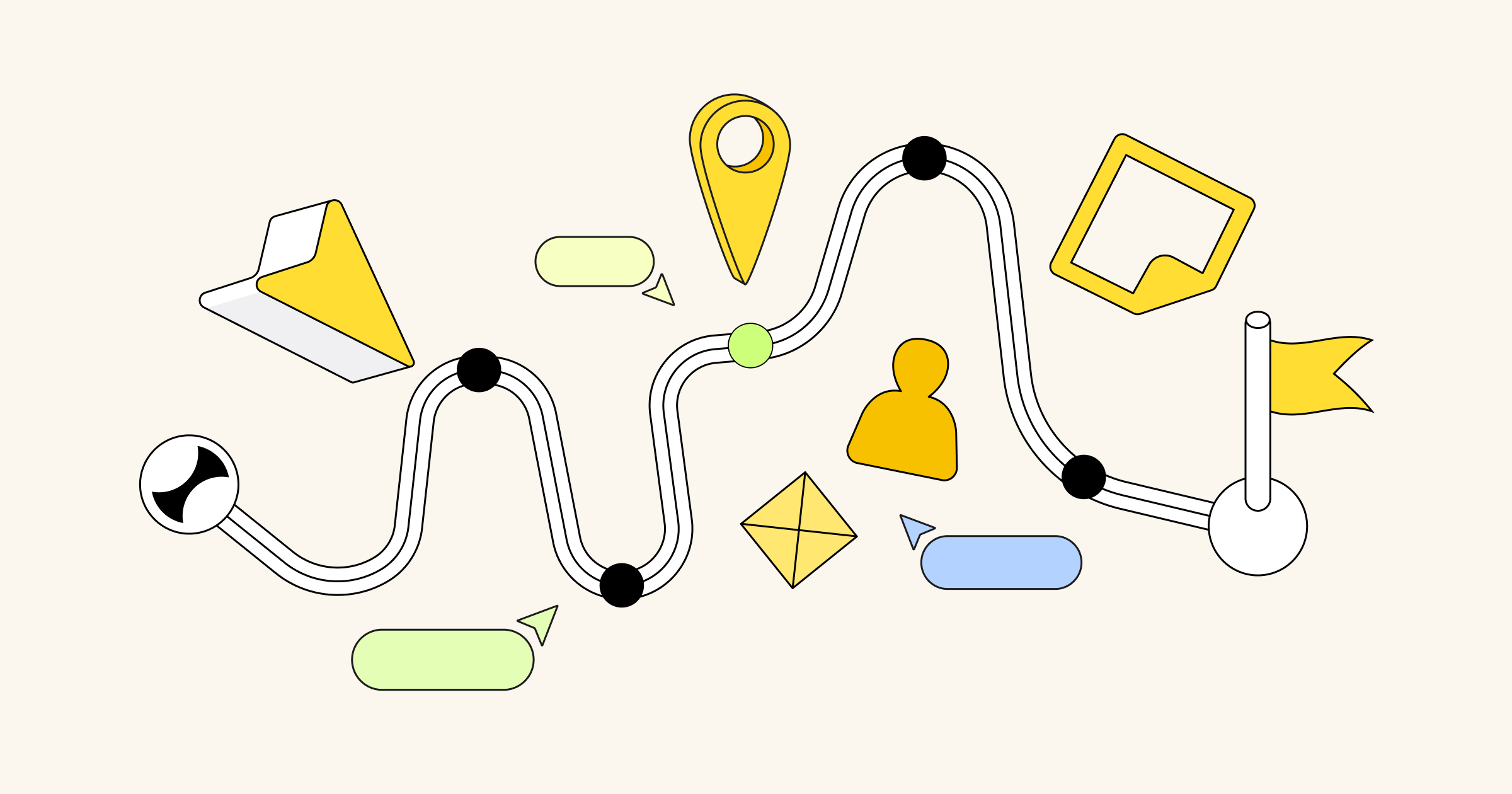In case you hadn’t heard yet, we recently announced that RealtimeBoard is now Miro and revealed our new branding, inspired by the groundbreaking and innovative Spanish painter Joan Miró. And while this transformation took place quickly, it also required a lot of thought and planning. How did we approach getting the entire team aligned around a new name and brand identity? Here’s what we did.
What is a brand sprint?
A brand sprint is an expressive exercise that helps turn ideas about your brand into a defined brand image. A brand sprint can help your company find its place in the competitive landscape.
The Google 3-hour brand sprint
Google has a three-hour brand sprint workshop methodology that’s covered in the book Sprint and in many other places, such as this blog post. The sprint is a series of six exercises that are designed to quickly align leaders around a vision for their brand. Within the three-hour session, you cover the “why,” “how,” and “what” of your company, starting with “the why” as the big reason you’re going to be successful or how you’re going to solve your customers’ problems.
Jake Knapp, author of Sprint, writes, “The point of these exercises, it turns out, is to make the abstract idea of “our brand” into something concrete. After doing the exercises, the team gets a common language to describe what their company is about — and all subsequent squishy decisions about visuals, voice, and identity become way easier.”
Why rename and rebrand our company?
Miro CMO Barbra Gago on rebranding a hypergrowth startup
The 6 exercises of the Google brand sprint
20-Year Roadmap to help you think long-term
What, How, Why reminds you why your company exists
Top 3 Values makes your why more specific
Top 3 Audiences helps you prioritize the target for your brand
Personality Sliders defines the attitude and style of your brand
Competitive Landscape compares your brand to other companies
1. Create the workspaces ahead of time

The Google brand sprint relies on doing activities on posters and whiteboards, so I built a board specifically for the brand sprint and created all the content for the framework in advance. What I’ve noticed with distributed work is that it’s really important to do the prep work in advance, especially if you’re running a workshop like the brand sprint.
It takes a lot of time to make sure people are using the right size font or have the right size or color sticky and other minor logistical details. You have to think through all that in advance because it’s not the same as when you’re all in the same room and you can all just grab a different color sticky note. I started with a few frames of overview slides that explained how the workshop would be structured and which color sticky I had assigned to each person.
2. Give each person their own workspace

I created a separate frame for each participant so everyone had their own desktop working space and an assigned sticky color. I created a bunch of stickies and put them in each person’s workspace. And if an activity required anything other than stickies, like the Personality Sliders, I copied everything into each person’s workspace as well.
3. Time-box everything
In order to keep to the workshop to the allotted time, it was important to time-box everything. Because I’d already done the prep work to create all the workspaces and prep them for the activities we’d be doing, it was really easy to say, “Here’s the exercise, here’s the format. Everybody go to your workspace—I’m turning on the timer.”
Miro features used in the Google brand sprint
- Sticky notes
- Timer
- Voting
- Video
4. Use video to foster a sense of belonging
We used the video feature within Miro so that we could all see and hear each other throughout the entire meeting. Even when we worked on our individual activities, we kept the video on because we’d only work alone for a few minutes at a time. This really helped us feel like we were all in the same room and working together.
5. Create a clear visual progression

There are some areas where each person does a big brain dump, we’d vote on results as a team, and our CEO would ultimately select his top choices for each category. So in addition to the individual workspaces, we had a second frame where everyone put their work and a third frame where the CEO chose his favorites from the second board.
It’s really beneficial to have this clear visual progression of the exercise, everyone’s work on it, and the output. Not only did it help us see the progress we’d made as a team, but it meant that there was no need to transcribe it or do anything after the meeting was over. We could easily share it with other people, like the agency we worked with on branding and other people in our organization. And there’s no need to explain what we did—all the instructions and the work is already there.
Looking for a tool to align a remote team around a shared vision?
Try Miro free
Our outcomes
At the end of the brand sprint, the co-founders of the company said it was the best meeting we’d ever had. We were incredibly productive in terms of achieving goals and alignment—the work we did in that brand sprint allowed us to align around our company values, goals, and vision for developing the brand, which set the foundation for doing subsequent branding activities in a very short amount of time. But just as importantly—if not more so—all of us were being consistently validated that we have a great product, which was super motivating.
You can use these kinds of brand exercises whenever your company is looking to redesign or create a great brand. Your brand sprint won’t always follow this exact flow, so be sure to experiment with any special expertise your team members have. Try smaller design sprints or split up into teams to bring forward ideas on growing your company’s brand for mass appeal in your market.




